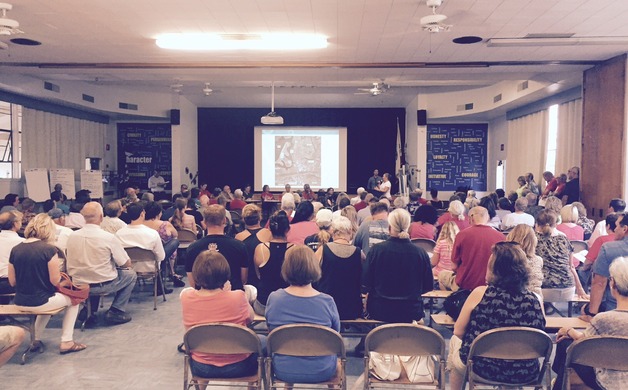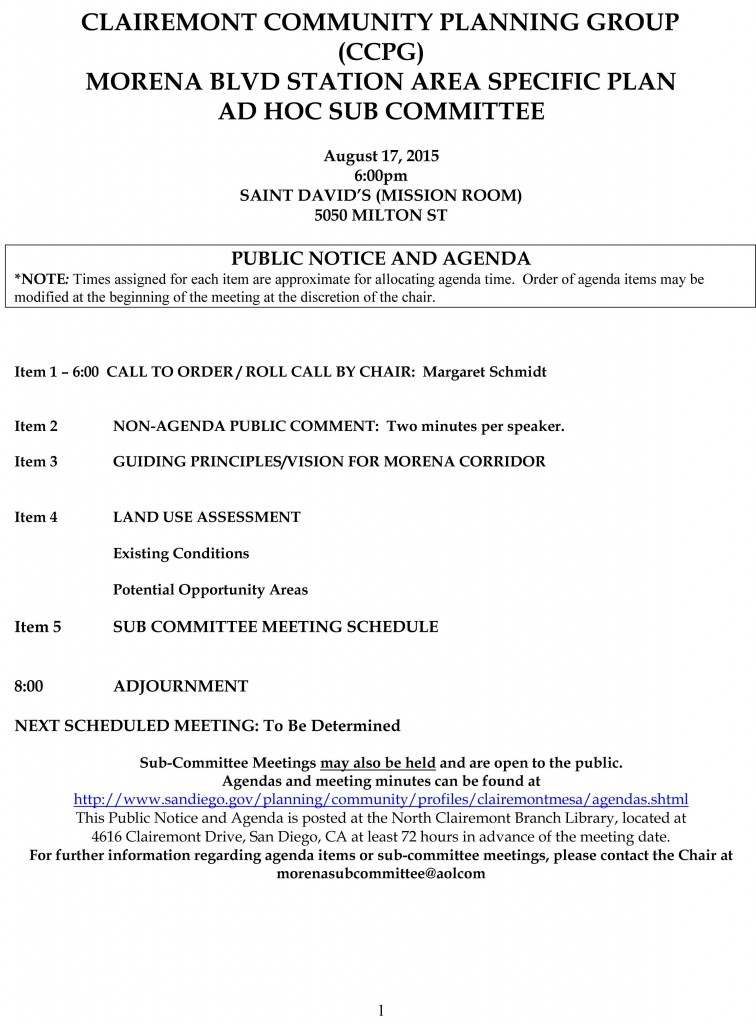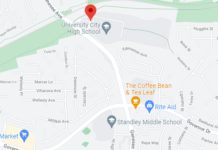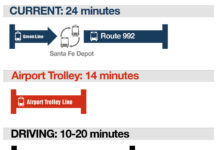
There’s a quote that says don’t be afraid to change, you may lose something good, but you main gain something better. With that in mind, let’s talk about the future of the Morena Corridor.
City of San Diego planning officials are currently crafting the Morena Corridor Specific Plan (MCSP), a document that will guide policy on growth, land use, transportation and infrastructure to this artery running from Linda Vista north to Clairemont.
If all goes as scheduled, the City’s community input and information gathering phase continues through fall, documents pertaining to land use and Environmental Impact Reports are drafted next year, and the plan comes before city commissions and council for adoption in 2017. The MCSP is one of the most important projects charting the future of the area, and not only is the community watching this closely, they are actively participating in the process.
I attended a recent Clairemont Community Planning Group MCSP subcommittee meeting at Bay Park Elementary with mouth agape. For years, I have observed countless community planning meetings that invariably follow a standard “I got mine, (to heck with) you” formula. This was different. The large crowd gathered was not in default resistance mode to any and all change, and they were actually contributing helpful, informed feedback and welcoming improvements. Their suggestions can be summarized as follows:
More and Safer Modes of Transportation
The future should accommodate more and more people ditching their cars in favor of other forms of transportation.
The Morena Corridor is set to gain three new trolley stops on a new line to UCSD. Part of the equation includes the ability to arrive at the trolley stops safely. This calls for better bike lanes, sidewalks, and more improvements to street lighting. MTS and law enforcement also must work together to ensure that riding public transportation is safe both while waiting at stops and while on the vehicles themselves.
Morena also needs to be better connected to its surrounding areas. Easier access to freeways, a better way to connect Morena Blvd. to Clairemont Drive, and a pedestrian and bike friendly way to go from Bay Park to Mission Bay Park and Fiesta Island will be a must. Looking long-term also involves accounting for future traffic as the population grows and surrounding developments, such as De Anza, come online.
Maintain Community Character
The future of the corridor must promote and expand access to small business. People probably have legitimate reasons to fear their neighborhoods turning into strip malls. One doesn’t need to look far north or west of the Morena Corridor to see what happens when a community starts to look like a NASCAR vehicle. Attendees at the planning meeting coined this type of development “Lackluster Stepford Projects” and “Hamster” apartments. The fact that the Morena Corridor is dominated by unique small businesses is unequivocally one of its biggest assets. From restaurants to catering companies to flamenco studios and small grocers, small business is thriving.
Invariably, however, these businesses become victims of their own success. They make a community great and give it character, which increases demand and raises rents, which, in turn, pushes them out. Buying local and expanding organizations such as the Morena Business Association that advocates for the mom-and-pop shops will help the area thrive and are crucial to maintaining community character. Also, two of San Diego’s most successful industries, surfing and brewing, are alive and well on the Morena Corridor and should be considered as critical to the plan.
A strong community brand, including more attractive street scape and neighborhood signage, can also help in terms of attracting business resources, freeway signage, and tourists, who are just a stone’s throw away at Sea World and Mission Bay Park. Morena Corridor should become a destination unto itself, and perhaps at some point get one of San Diego’s iconic neighborhood banner signs. This will also help add continuity to the corridor.
Infrastructure
Fixing and maintaining streets is a given, but in addition, the undergrounding of utilities and an upgrade to the sewer system will become even more important with population growth. Remember, as development rushes, that equals more flushes. The infrastructure and community plan needs to be flexible for adapting to future technology, and development should be in line with best practices that make the least environmental impact. It should also plan for the assessment of existing bridges and buildings to determine if they are structurally sound and able to withstand seismic and weather-related activity.
The future also needs to take into account changing demographics. Aging will be a significant factor influencing the Morena Corridor in the years to come as more Baby Boomers enter their golden years. Making the area more senior friendly (from public gathering spaces to easier access to transportation and improvements to facilities for emergency responders) will become necessary.
The area should still also balance the needs of families with children, however, even with this demographic shift. Morena Corridor should remain a great place to raise families and that should be reflected in its schools, parks, community gardens, and access to affordable housing. It will need to include some multi-family dwelling unit projects, as this is the reality of urban infill development and allows more people access to home ownership.
I realize that all of this is a tall order to fill, but with the support of an engaged community that’s willing to let change happen, it should still come in at less than 30 feet.
Agenda for the August Morena Sub Committee Meeting




